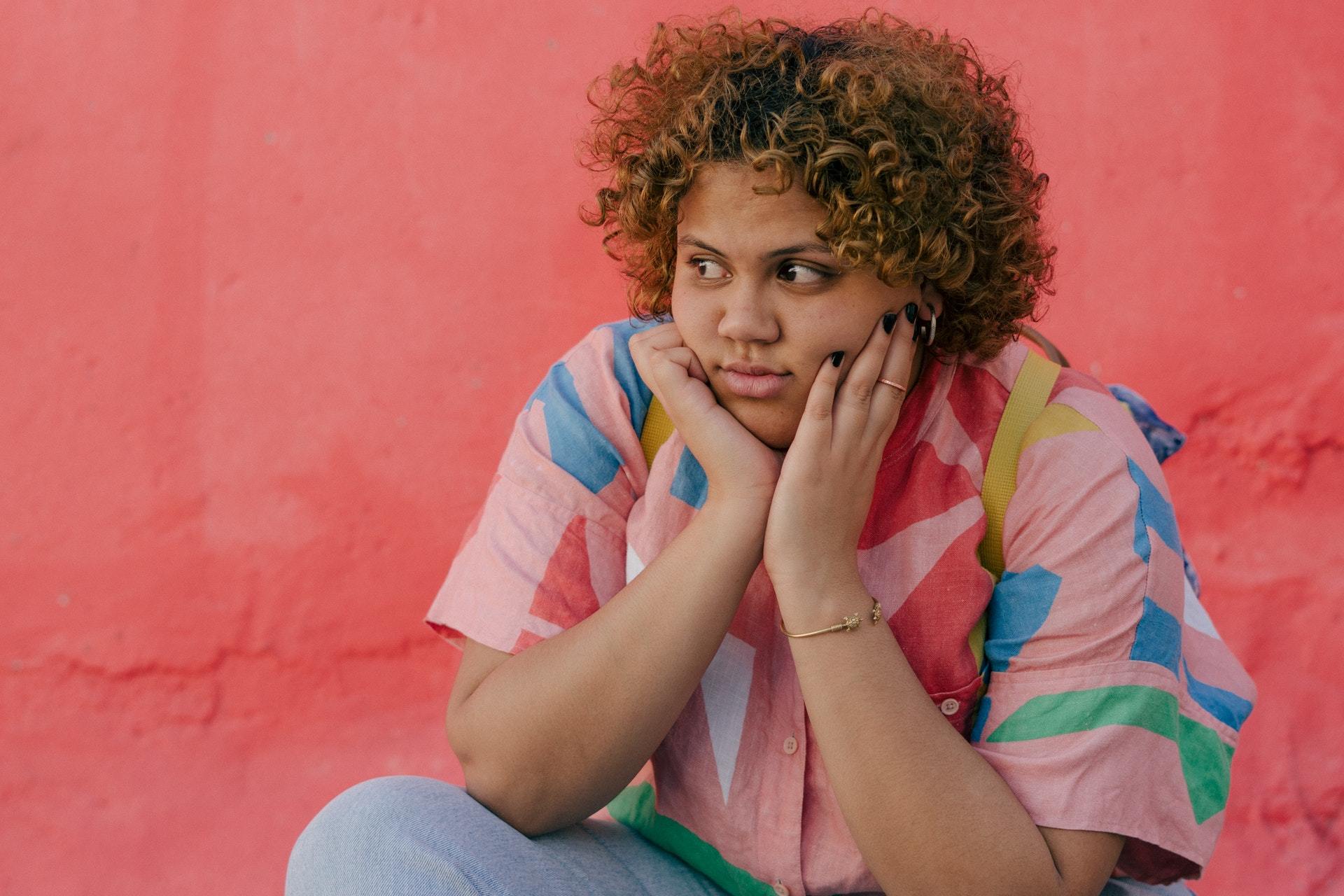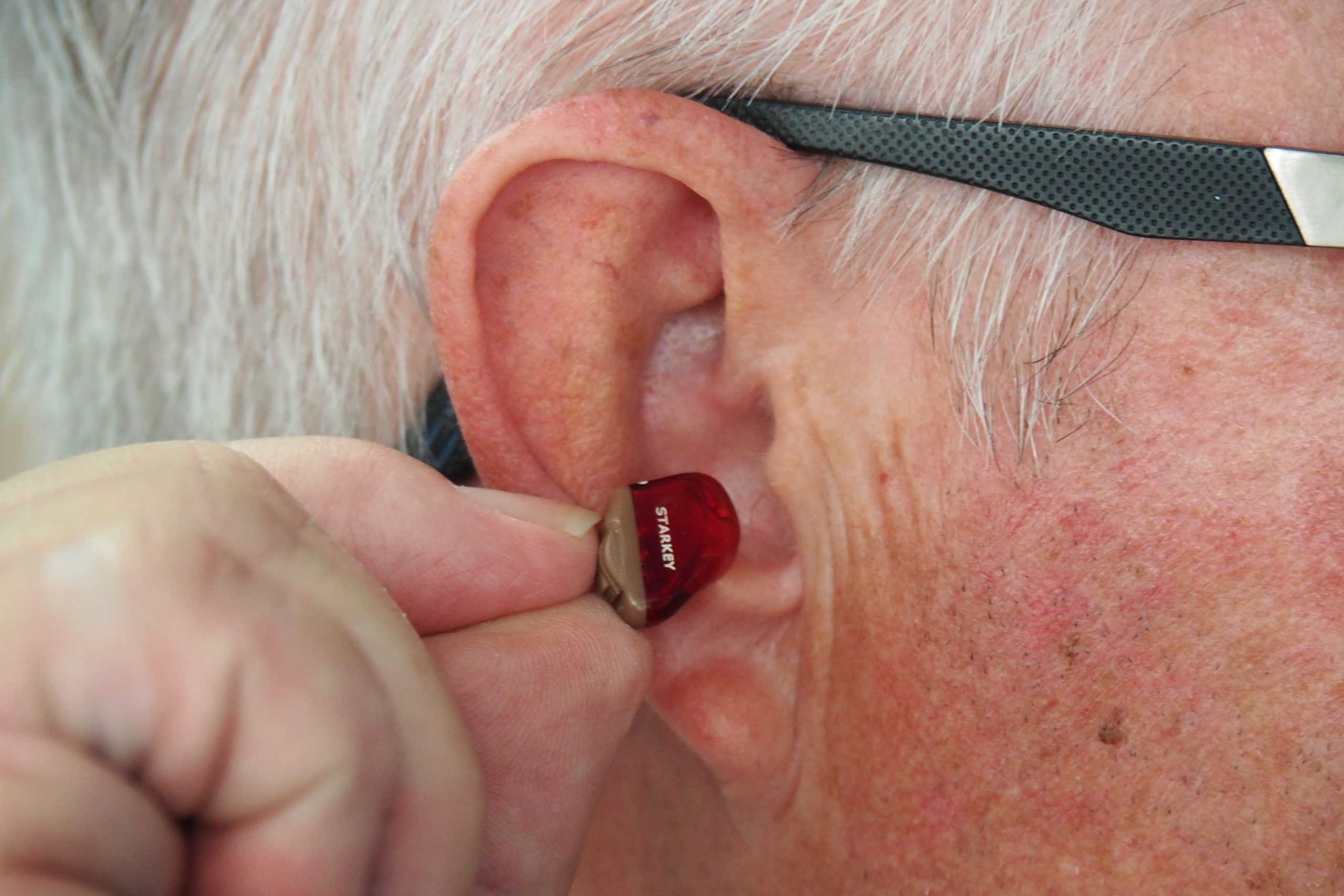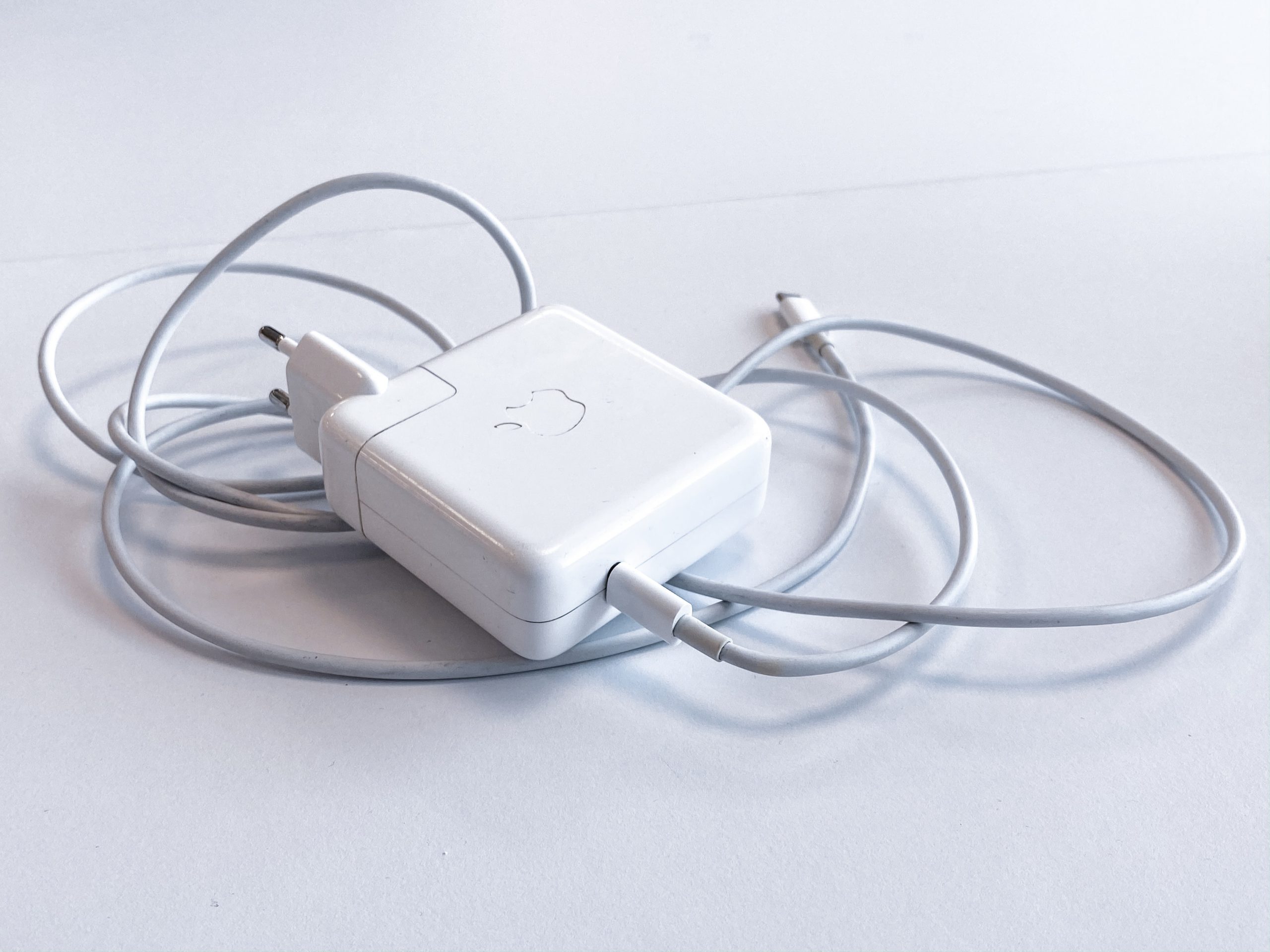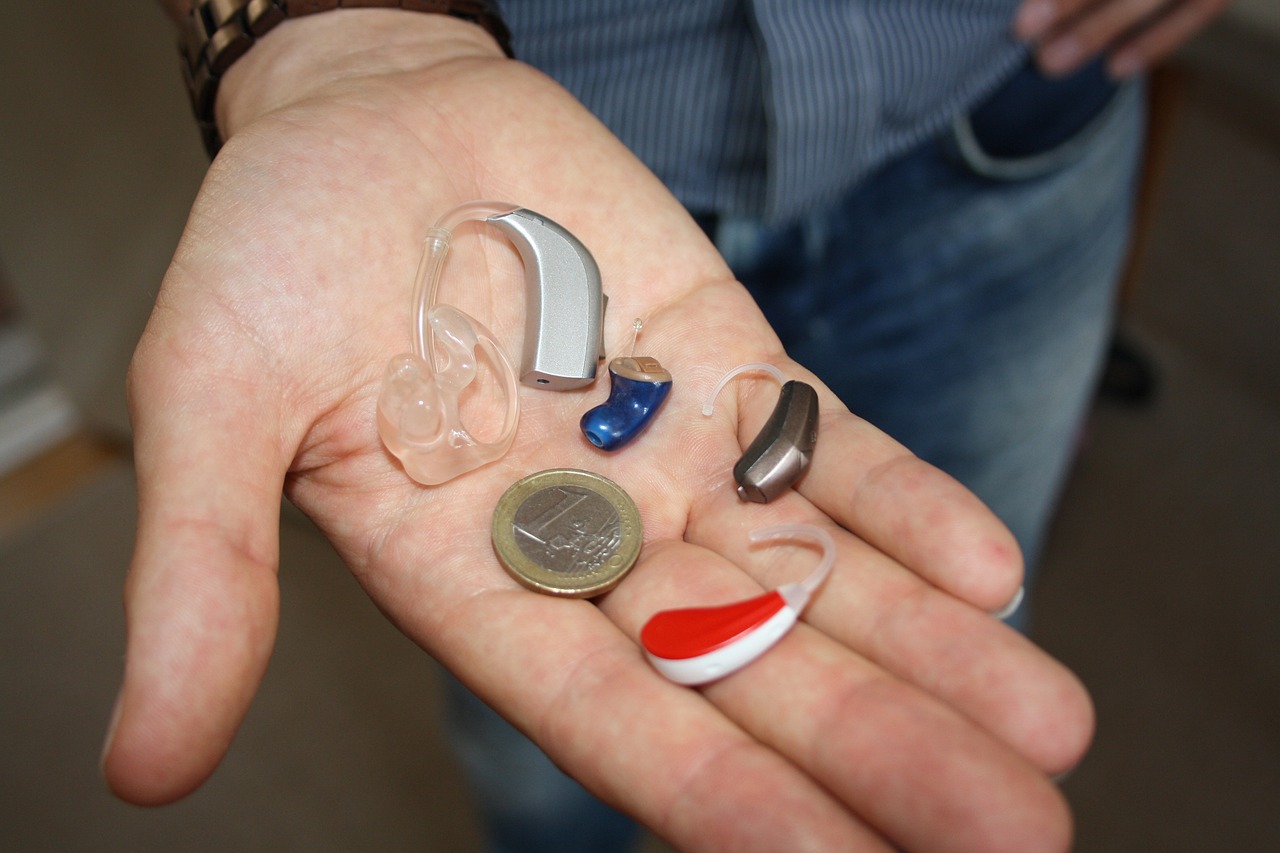
Hearing loss comes in many types and varieties. Depending on your specific type of hearing loss, you may need one or two hearing aids. For those that need only one, a unilateral hearing aid is what you’re looking for.
Contents
Do I Need Two Hearing Aids For My Hearing Loss?
As we mentioned earlier, this will likely depend on the type of hearing loss you have. If one of your ears is much worse than the other you might be wondering to yourself: Can I get away with having just one hearing aid or do I really need two?
Bilateral Hearing Loss
When hearing loss occurs in both ears, it’s called bilateral hearing loss. In the case of bilateral hearing loss, it is best to get hearing aids for both ears, since they are both causing problems.
Related to bilateral hearing loss is asymmetrical hearing loss; although there is hearing loss in both ears, the degree and severity is different. Instead of having a “good” and “bad” ear or two “bad” ears, asymmetrical hearing loss means you have a “bad” and “worse” ear.
It’s completely understandable why many people think that they can get by just treating the most problematic ear, and it’s certainly the cheaper option. However, even if one ear isn’t as bad as the other, it doesn’t mean that it’s optimal or as functional as it could be.
Unilateral Hearing Loss
However, if you only have hearing loss in one ear, then you have unilateral hearing loss and you’re more likely to get all the support you need from a single hearing aid. You can wear a single unilateral hearing aid in your bad ear and hear normally with the other one. Because your other ear is functioning normally you will get all the benefits of binaural hearing with just one hearing device.
Your auditory system is designed to operate with binaural hearing, so being able to hear in each ear will improve the overall functioning of the system.
Hearing Aids for Single-Sided Deafness
If unilateral hearing loss is severe or profound in nature, it is also referred to as single-sided deafness. As the name implies, the severity of the hearing loss leaves the individual practically deaf in the affected ear.
An astounding 60,000 people in the U.S. acquire single-sided deafness (SSD) every year.
With this fact in mind, it’s unsurprising that certain unilateral hearing aids have been designed specifically for those with single-sided deafness.
For instance, CROS (standing for Contralateral Routing of Signal) and BICROS (standing for Bilateral Contralateral Routing of Signal) hearing aids actually rely on the fact that you have better hearing in one ear.
These CROS hearing aids consist of two parts:
- A microphone to detect sounds from the weak ear and wirelessly transmit them to the hearing aid.
- A hearing aid to receive this signal and play the sound for the good ear.
The CROS is suitable for those with good hearing in one ear.
The BICROS is suitable for those with asymmetrical hearing loss, as there are microphones in both hearing aids but only a single amplifier and receiver in the hearing aid for your “better” ear.
Other options include bone-anchored implants, and there is also the potential for cochlear implants in the future.
The information in this guide has been written using the following reliable sources:
https://www.eastsideaudiology.com, https://www.health.harvard.edu, https://my.clevelandclinic.org








